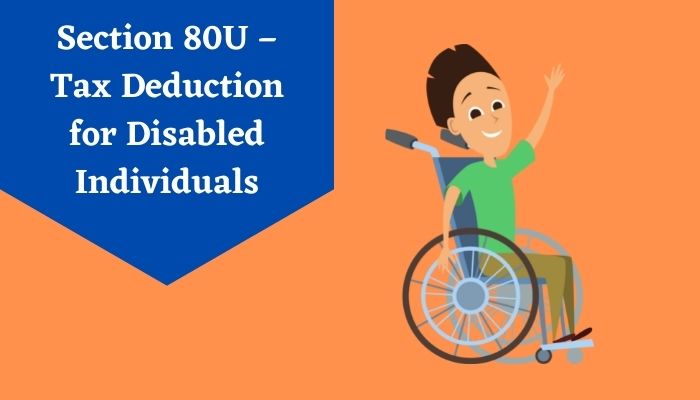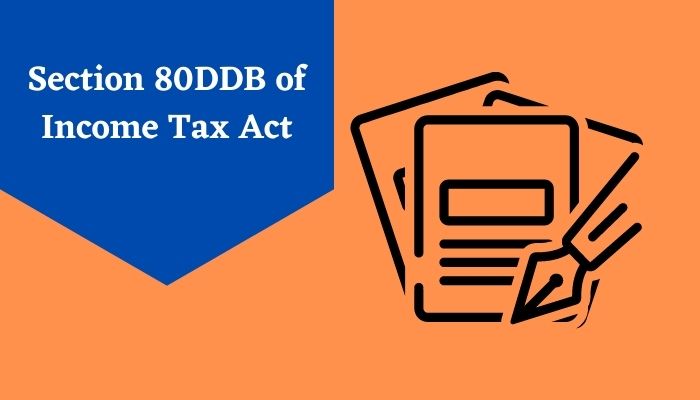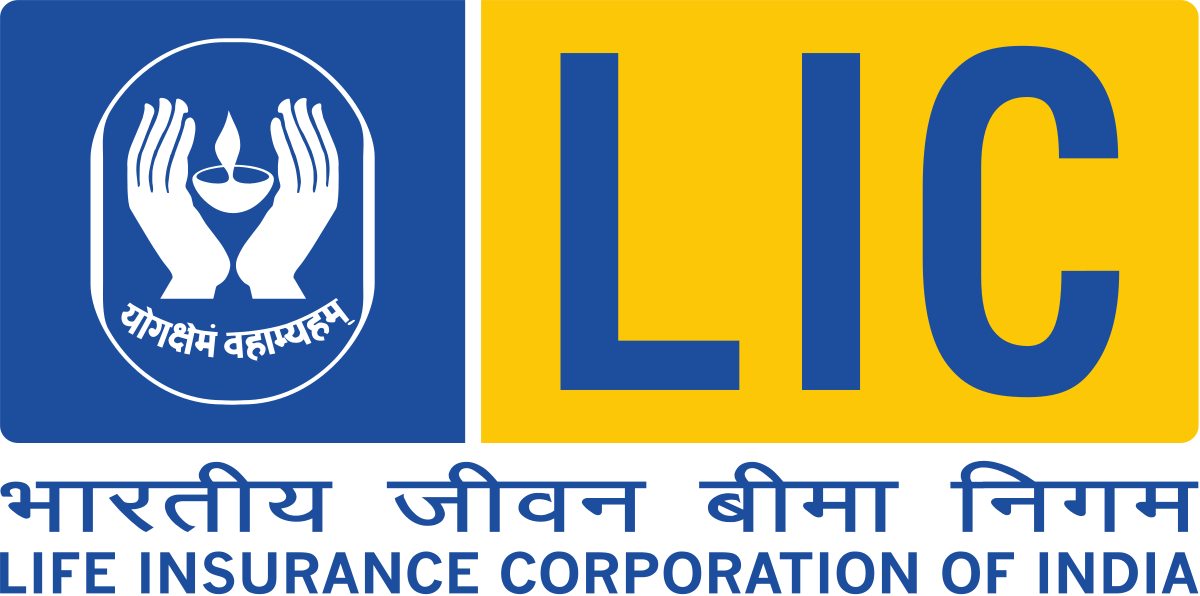How do I check my income tax under 143 (1) online?
- If you want to check your Income Tax Online, you should visit the Income Tax e-Filing website.
- To check your Income Tax, you will need to log in with your PAN number and date of birth.
- To log in to the website, you will need a secure internet connection.
There are more websites to check your Income Tax Online: Income Tax Online Checker, Income Tax On-line Filing, ITRone.com.
The Income Tax e-Filing website is a website that helps you check your Income Tax online. By visiting this site and logging in with your PAN number and date of birth, you can do things like getting an update on what tax bracket (taxes) you happen to fall into and see if any tax refunds or other benefits could be due for filing your taxes under 143 (1).
Income Tax Online Pay is also available. To access this, you will need a secure internet connection. Income Tax e-Filing is a website that allows you to check your tax status, get an update on your taxes, fill out a new tax return and address any Income Tax paperwork that needs to be looked at more carefully.
Income Tax Slabs are 5% up to 1 lakh, 10% from 1 lakh to 5 lakh,20% from 5 lakh to 10 lakh,30% from 10 lakh to 20 lakh and 35% above 20 Lakh.
For a person with a taxable income of less than INR 2,50,000 in a year, there is no obligation to file an Income Tax Return. However, if the person gets any taxable income, they need to file an Income Tax Return by 31 July of the following Financial Year. (This can be filed before 31 July but after registration of account on e-Filing website).
Do not be concerned if you have received an Income Tax Notice under Section 143 (1). In this article, you may learn more about this part.
Section 143-1 of the Internal Revenue Code
- Under Section 139, every earning individual is required to file an ITR voluntarily or as directed by the IRS under Section 142. A notice is issued to the taxpayer on their registered email ID under Section 143 (1), informing them whether the income tax calculation in their ITR submitted matches the tax departments.
- The Income Tax Department conducts a preliminary assessment while processing your ITR. The evaluation seeks to correct or rectify arithmetic errors, internal inconsistencies, tax calculation, and tax payment verification. If there is a discrepancy, the taxpayer receives a notice under Section 143 (1) to communicate the same. In most cases, the hints are generated by a computer.
Intimation Order Resending Request
As previously stated, the notice is generated by a computer and is automatically sent to the taxpayer’s registered email address. You can resend the intimation order online by following these steps.
- Visit the Income Tax Department of India’s eFiling portal at incometaxindiaefiling.gov.in.
- Select ‘Service Request’ from the My Account menu.
- Choose ‘New Request’ as the ‘Request Type.’
- Select Intimation u/s 143(1)154/16(1)/35 as the Request Category and click ‘Submit.’
- Enter the required information: Return Type, Assessment Year, Category (Intimation under Section 143(1), and Sub Category) (if applicable)
- Following submission, you can view the status of the submitted form, and the notification order will be sent to your registered email address once more.
Please keep in mind that the notification notice is a password-protected PDF. The password is a combination of your PAN in lowercase and your birthdate in the format DD-MM-YYYY.
How Should I Interpret the Intimation Notice?
- Check your basic KYC details, such as name, PAN, address, and so on, in the intimation notice first.
- Check to see if the income tax computation you provided in your ITR corresponds to the Income Tax Department’s computation.
- In the ITR, double-check the details of the tax-saving deductions you claimed.
- Check to see if the income and tax-saving information in both columns match.
Tax liability on net taxable income, interest under Sections 234A, 234B, and 234C, tax relief (if any), total income tax liability, and late filing fees under Section 234F are included.
The department’s income tax calculation can be either higher or lower. You will be required to pay additional tax or receive a refund based on the discrepancy. If you receive a refund, the amount will be reflected in the notification. The Income Tax Department will automatically transfer the funds to the bank account you specified in your ITR after it is processed.
Intimations of Various Kinds can be classified into the following types:
Notification with no demand or refund – In this case, the Income Tax Department accepted the returns as filed without making any changes.
- In this case, any adjustments made under Section 143 (1) due to a discrepancy are discovered, and tax liability is calculated accordingly.
- In this case, any amount of tax is refundable if no inconsistency is found in the return filed or after making the adjustments referred to in Section 143 (1) and after giving credit to the taxes and interest paid by the individual.
Notification with demand – In this case, the Income Tax Department accepted the return as filed. Still, adjustments were made to tax liability and taxes/ interest due thereon. A demand is made to pay the amount of tax and interest that equals or exceeds 25% of the taxes and interest initially calculated by the department.
- In this case, any amount of tax is refundable if no inconsistency is found in the return filed or after making the adjustments referred to in Section 143 (1) and after giving credit to taxes paid by an individual on such amounts.
- Intimations With Proper Demand: In this case, the Income Tax Department accepted the return as filed, but adjustments were made to tax liability and taxes/ interest due thereon, and a demand is made to pay the amount of tax and interest that equals or exceeds 25% of taxes and interest initially calculated by the department.
- In this case, any amount of tax is refundable if no inconsistency is found in the return filed or after making adjustments referred to in Section 143 (1) or after giving credit to taxes paid by an individual on such amounts. Notification Without Demand – In this case, no demand is imposed on the taxpayer, and the ITR is accepted as filed by the Department. In this case, any amount of tax is refundable if no inconsistency is found in the return filed or after making adjustments referred to in Section 143 (1) and after giving credit to taxes paid by an individual on such amounts.
- In this case, any amount of tax is refundable if no inconsistency is found in the return filed or after making adjustments referred to in Section 143 (1) and after giving credit to taxes paid by an individual on such amounts. The income tax department has various options available when they issue a notice.





























